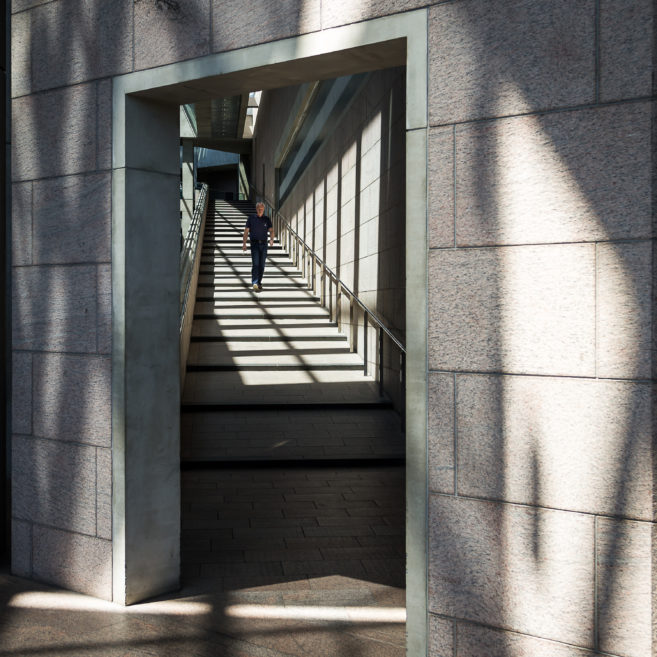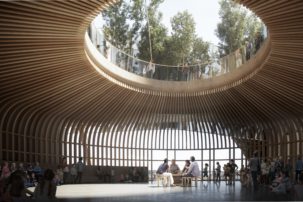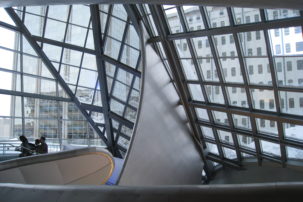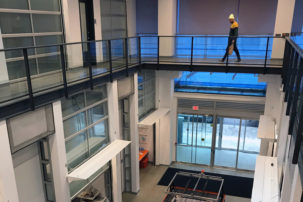Outcry continues to grow regarding the June 26 removal of NSCAD president Aoife Mac Namara. Charmaine Nelson, recently hired by NSCAD as Chair in Transatlantic Black Diasporic Art and Community Engagement, wrote on July 2 that the board’s removal of the president is an “attack” on anti-racism, CBC Halifax reports. On July 8, the Faculty Union of the Nova Scotia College of Art and Design voted no confidence in the NSCAD Board of Governors, says an emailed release. The OCAD University Faculty Association has also condemned Mac Namara’s removal, which came just a year into her presidency. Also on July 8, NSCAD’s Board of Governors appointed Sarah MacKinnon, most recently director of academics at the Glenn Gould School of the Royal Conservatory of Music in Toronto, as interim president. And the controversy has reached international media with coverage in Times Higher Education. A petition calling for the provincial government to reinstate Mac Namara and fire the board has reached roughly 4,154 signatures at press time.
Ethical questions emerge regarding market boom on works by late Edmonton artist Matthew Wong. At a June 29 Sotheby’s auction in New York, a 2018 painting by Wong sold for $1.5 million—a 6,700 per cent increase over its original price of $22,000, Bloomberg reports. It’s not the only work that has rapidly increased in value since Wong, who had Tourette’s, autism and mental health issues, died by suicide at the age of 35 in October 2019. In a related opinion article in Mutual Art, a case is made that the art market needs to become more moral and transparent.
Community Cares, a new emergency response fund for First Nations, Inuit and Métis individuals working in the arts, has launched. “Indigenous communities have been disproportionately affected by the Covid-19 pandemic. This is a special fund devised to provide immediate support to Indigenous artists and cultural workers adversely affected by the pandemic,” says a Canada Council release. “Support in the amount of $1,000 will be distributed to successful applicants. Applicants will be able to apply online through the websites of the Aboriginal Curatorial Collective, Indigenous Performing Arts Alliance, the Indigenous Screen Office, and the Inuit Art Foundation. Funds will be distributed by the Aboriginal Curatorial Collective. The Canada Council for the Arts has committed $250,000 to support this initiative.”
The City of Calgary has granted $2 million in one-time Emergency Resiliency Funds to Calgary Arts Development. “The purpose of these funds is to enable non-profits, including The City’s civic and community partners, to continue to serve Calgarians during the response phase of the COVID-19 pandemic by ensuring adequate services are available, and to pursue partner capacity to support Calgary’s social, economic, and cultural recovery,” says an update from the agency.
One Alberta city is using its public arts funding to tackle its $7-million COVID-19 deficit. St. Albert Today reports that “two public art projects have been cancelled and other arts funding has been reduced, allowing $337,100 to be reallocated to the city’s operating budget.” Also: “Council transferred $227,100 from the city’s public art reserve to the 2020 general operating budget,” and cancelled “the Mayor’s Celebration of the Arts awards, saving the city around $18,000.”
Some biennials are opening, or planning to. The Vancouver Biennale, focused on public art, launched its first installation of 2020 on July 8 at the intersection of Melville, Jervis and Pender Streets; it’s a 17-foot bronze sculpture by Iranian Canadian artist Kambiz Sharif that is inspired by his experience of immigrating to Canada in 2009. Also, the next Berlin Biennale this fall will include Canadian artists: Shuvinai Ashoona, Deanna Bowen, Dana Michel and Tracy Maurice are on the recently released artist list, Artnews reports.
There are several notable staff departures and appointments in the Canadian arts scene this week—some due to COVID-era financial crises. On June 19, PuSH in Vancouver terminated Joyce Rosario’s associate artistic director position as part of a COVID-related restructure; by July 2, artistic and executive director Franco Boni was also no longer employed by the festival. On July 6, Capture Festival in Vancouver eliminated the director/curator role held by Kate Henderson, citing financial difficulties. On July 6, the Montreal Museum of Fine Arts appointedMary-Dailey Desmarais as director of the curatorial division there. This month, Carolyn Bell Farrell is retiring as MacLaren Art Centre executive director after 13 years in that role; Emily McKibbon is to be interim director of the Barrie art centre.
“B.C. potter Wayne Ngan turned clay into objects of rare sculptural beauty.” Adele Weder pays homage to the Hornby Island artist, who died June 12 at the age of 83, in an in-depth Globe and Mail feature.

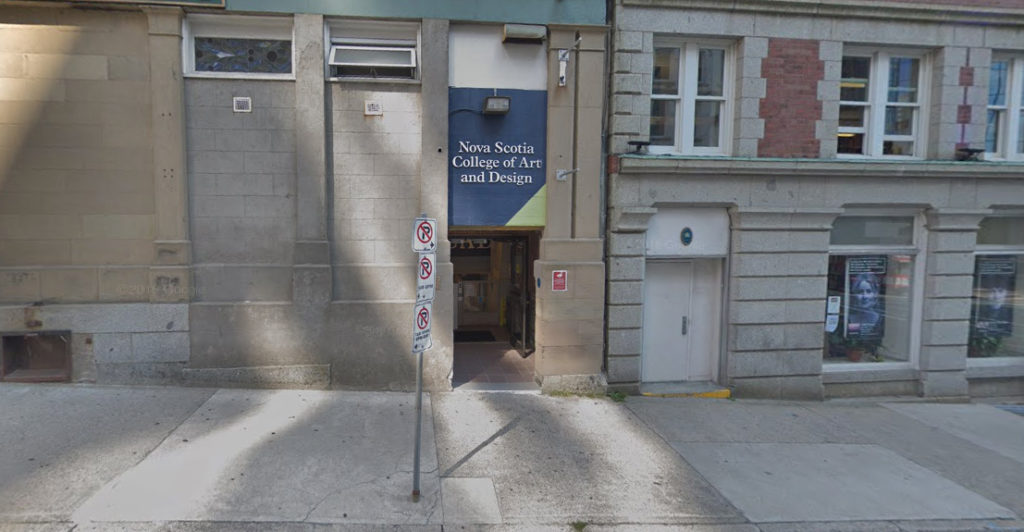 The Duke Street entrance at NSCAD University in August 2018. Photo: Google Streetview.
The Duke Street entrance at NSCAD University in August 2018. Photo: Google Streetview.
